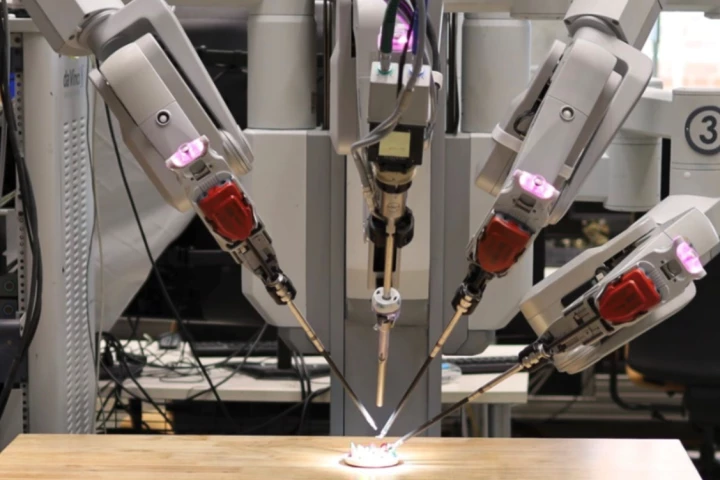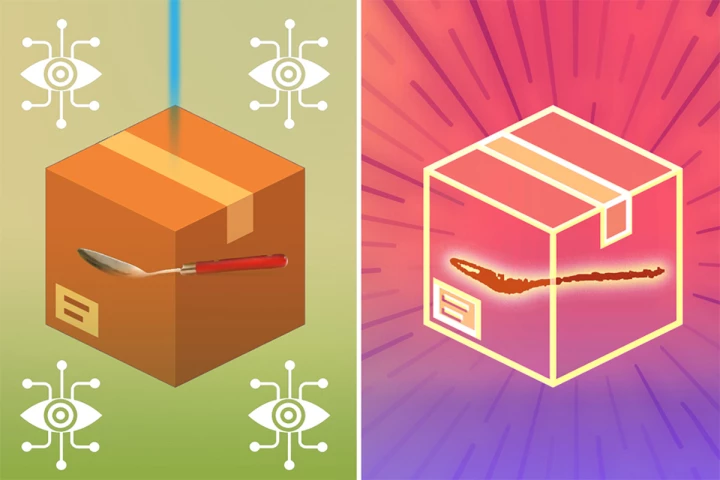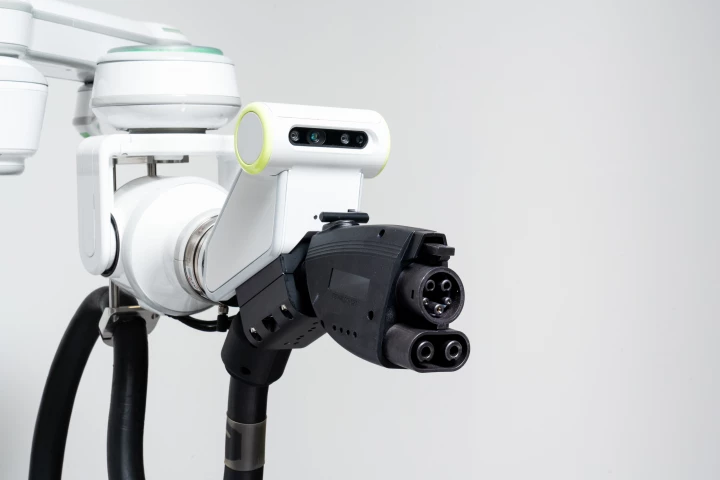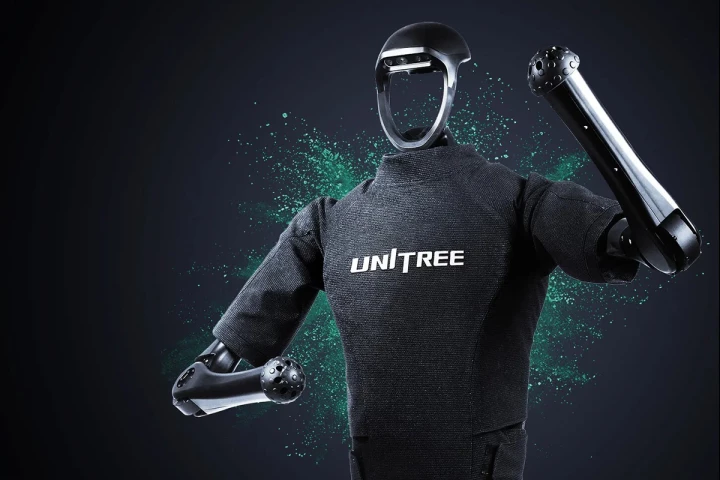Robots
-
In a move that inches us just a little closer to the singularity, engineers have developed robots that can grow, self-repair, and morph by absorbing parts from other robots. They can also help their brethren do the same.
-
We're a step closer to entering an operating theater without any human life besides ours, following the world's first surgery performed by a robot responding and learning in real time. Its precision and skill matched that of experienced surgeons.
-
Researchers have developed a way to use high-frequency electromagnetic waves to visualize objects that are hidden from view – such as a tool in a pile of junk or a vase in a cardboard box – with much greater accuracy than before.
-
Many persistent sinus infections involve biofilms – colonies of bacteria that group together to resist efforts to kill them. Now, researchers have developed biofilm-blasting bots that could handily deal with these, and other, bacterial infections.
-
Roboticists today are wrestling with the question of whether AI needs a body? If so, what kind? And then there’s the “how” of it all; if embodied intelligence is the way forward to true artificial general intelligence, could soft robots be the next step?
-
For the last few years, Italian engineers have been working on a humanoid robot for emergency response applications. The iRonCub3 has jets on its back and fire-breathers on its arms, and has now achieved stable take-off and hover for the first time.
-
The Royal Navy is testing how to use robots to seek out and detonate mines and other threats found near vital yet vulnerable undersea cables and pipelines at greater depths than a human diver can safely reach.
-
Plugging in a charging cable to top up your electric car's battery is not exactly rocket science, but we're finally approaching the robot age so why not let the bots do it? That's just what Hyundai is aiming to do at an airport in South Korea.
-
We recently told you about the T-Apex, a mobile tennis-ball-serving robot that tracks and assesses players' returns. Well, the Acemate bot goes a step further, by actually rallying back and forth with players to really hone their skills.
-
An alarming video appears to depict one of humanity's worst nightmares coming true: a killer robot going rogue. The clip features a humanoid robot malfunctioning, flailing its appendages wildly, and getting almost too close for comfort to two humans.
-
No sick days, bathroom breaks, and no more curly hairs in your buns. Just cold, hard efficiency. More specifically, BurgerBot is a new fast-food joint where robots are doing all the work that humans aren't interested in, like burger assembly lines.
-
A year after Ballie's no-show, Samsung has once again promised to bring its adorable companion robot to market this summer. We don't yet know what it will cost, but we do know it will come with a projector, a camera, and Google Gemini AI smarts.
Load More











